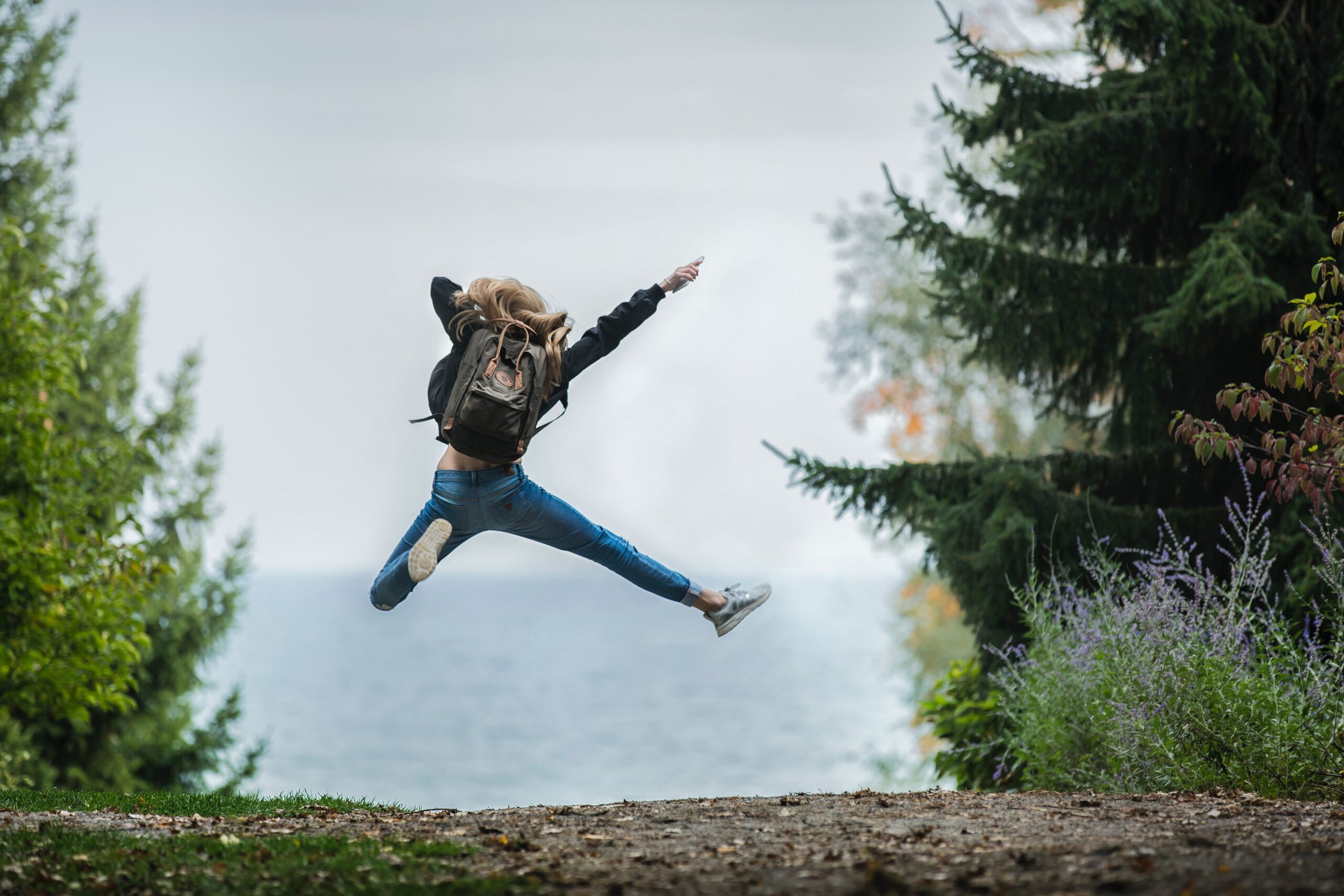If you’re like me, the thought of lugging a heavy pack up the side of a mountain sounds about as fun as, well, lugging a heavy pack up the side of a mountain. Lucky for us, there are many ways to lighten your pack weight. Below, I will list 12 ways to do you just that. So strap in and buckle up, your backpack that is.
1. Embrace the ultralight philosophy
Contrary to popular belief, going ultralight is not just about reducing your pack weight as much as possible. It’s about testing yourself and the levels of comfort that you can learn to enjoy. It’s about walking faster and longer and seeing more of nature from the trail. It’s about increasing your comfort while hiking by reducing your comfort in camp. Don’t be afraid to challenge yourself. You may find that the things you thought you couldn’t live without really aren’t that necessary.
2. Upgrade your gear
You can save the most weight by upgrading your big 3. That’s your tent, sleeping bag, and backpack. There is a plethora of ultralight gear out there on the market.
3. Constantly reevaluate your gear
Every time you go out on the trail, think about the things you use and don’t use. Think about what gear has little or no utility. Think about ways to make something more efficient. What is the trade off you’re willing to make on weight vs. comfort. Do you really need those camp shoes? Do you really need those rain pants? Do you really need that water bladder with a sippy hose?
4. Get a frameless pack
At a certain point, you will reach a pack weight that will allow you to get a frameless pack. This will take time and I don’t recommend jumping into it too soon. With a low enough base weight and good packing technique, you can achieve a rigidity in your pack that will allow it to sit on your hips even without a frame. Even lighter, and you can be comfortable with all of the weight only on your shoulders. Hipless packs are not something I have been able to achieve yet.
5. Get a non-freestanding tent
For a long time, I refused to try out the non-freestanding tents. Finally, in 2021, when I hiked the Colorado Trail for the second time, I gave the Gossamer Gear The One a try. It was clear to me that I never wanted to go back to a free standing tent. So much weight can be saved by getting rid of the tent poles and double walled design. If you hike with trekking poles already then there are so many options out there.
6. Carry dry foods
Foods that contain water and fats tend to be on the heavier side with the former serving no real purpose but to weigh you down. Fats on the trail are essential to maintaining energy levels. Water, on the other hand, is something that we can collect from streams and lakes as the need arises. If you are going to carry heavy foods, focus on things like cheese, peanut butter, and oils. Avoid things like canned goods, whole fruits and veggies, and sauces. Its best to get dry foods that can be rehydrated with water in camp.
7. Carry less water
Now hear me out. A lot of times, people will carry way more water than they could every need between reliable water sources. It’s best to do you research on what water sources will be available on the trial you will be on. Water may be more available than you think. Also, a good practice is to “camel up” at water sources. This means to drink as much water as you can while at the water source and then carry less water between sources. Using this tactic, I once hiked 19 miles with only a liter of water.
8. Focus on multi-purpose items
Try to find ways for one piece of gear to serve several functions. An example of this would be to use a poncho as rain protection and then as a ground sheet for your tent. One that I have personally worked out is to use a section of a closed cell foam sleeping pad as a support for my frameless pack, as a sit pad, and as a foot section of my sleeping system.
9. Get a pack liner instead of many small drybags
I know that fear that may come to your mind thinking that a rain storm will come and soak all your gear or that you will fall into a river and then be left freezing to death at night. This fear was in me too and it caused me to pack away all my gear into individual dry sacks. While I do think that it is smart and safe to ensure that your gear will stay dry, I think there are better ways to do it. For starters, most backpacks are made with waterproof material. The typical point of entry for water is through the stitching. From my experience, it takes a whole lot of rain to wet out the contents of a pack. With that being said, I’m still can’t shake that fear of freezing to death in my cold wet cloths. Therefore, I still ensure that my gear stays dry. I don’t this my using a pack liner, in this case being the ultralight NyloPro pack liner from Z-Packs. I still keep some things in individual non-waterproof bags but all the gear goes into the liner and I can breathe a sigh of relief.
10. Split loads with your partner
If you’re hiking with a partner, you have the opportunity to drastically lighten your load. Consider this, the difference in weight between a one-person tent and a two-person tent is usually only a few ounces. If one of you carries the rainfly and poles and the other carries the inner tent and stakes, the weight you are carrying each is much less than a whole one-person tent. Another way to take advantage of having a partner is to share a critical item. Take, for example, a stove. It may be slightly less convenient, but your can just carry one stove to share between the two of you, therefore, cutting the weight in half. This principle can be applied to a wide range of items.
11. Go stoveless
I know what you’re thinking, there’s nothing like a hot meal at the end of a long day of hiking. I get that. It took my ten years to try going stoveless. The truth is, you’re right, but you can still enjoy most of your normal dinner options by using a method called cold soaking. The idea is that you soak your meal in water for a few hours before you make camp. This will allow the food to rehydrate while you hike. Now, there are some things that you just can get fully rehydrated with cold soaking. You may have to make some adjustments to your meal plan. However, the benefits of cold soaking include, easy clean up, reduced weight, time saving, and it’s much cheaper than a stove, pot, and fuel.
12. Pack for the expected conditions
If you’re doing a thru hike then the things you carry are pretty set. You kind of have to pack for any condition. If you are doing an overnight or multiday then you have some options. First, you should consider the climate and elevation of your hike. If you expect warm and dry conditions, then you can save weight on gear that is made for cold and wet conditions. Of course, you should always expect the unexpected but you don’t need to bring the winter parka, 0 degree bag, or full rain suit if you don’t need it.


Leave a Reply